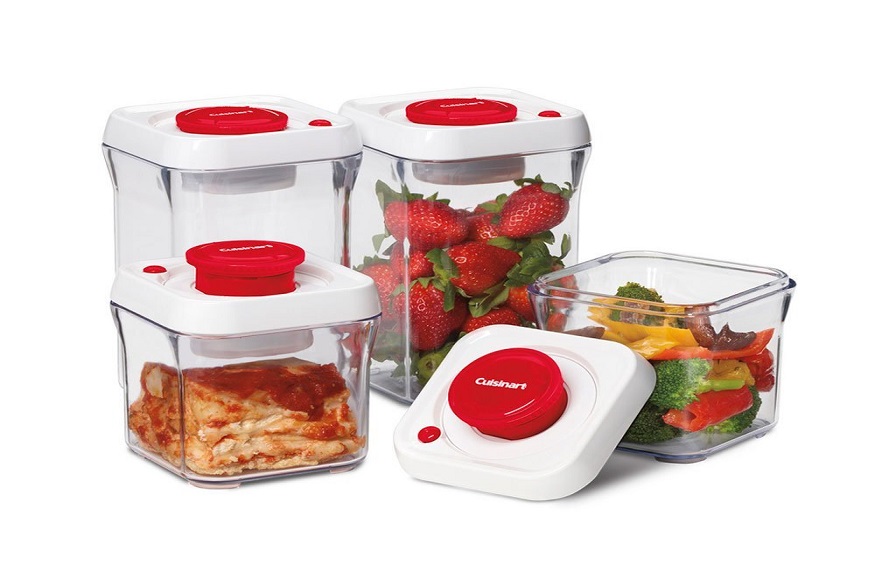Top 7 Benefits of Disposable Food Packaging

Disposable packaged food containers are now widely used in households and businesses throughout the globe due to their vast range of applications. Disposable containers make perfect sense for catering events like birthday parties, anniversaries, weddings, or business conferences. Additionally, disposable plates, bowls, cups, and other food containers offer a method to dine outside the home without compromising the meal’s nutritional content. To save washing hassle, the main food, and beverage companies throughout the world favour disposable packaging.
Many significant companies now significantly rely on throwaway packaging to deliver their food goods to consumers. Disposable plastic container sales are expanding quickly, especially in industries including coffee houses, restaurants, motels, homes, organizations, businesses, and hospitals. Due to its expanding significance, methods for creating aesthetically pleasing and sanitary products have improved. The importance of sanitary packaging is accorded equal weight with that of attractive packaging.
The following are some significant benefits of adopting disposable food packaging:
1. Energy and Water Savings
The restaurants’ industrial-sized dishwashing machines use about 7 gallons of water per minute at temperatures between 150 and 180 degrees Fahrenheit. These numbers make it simple to determine how many gallons of water and energy are used each day by homes and restaurants to wash cutlery all around the world. In this situation, the use of disposable food cans should be encouraged in order to conserve electricity and water. Reusable plates must be washed frequently, which uses a lot of water and energy. Seven to eight litres of water per minute are consumed by an industrial-sized washer that may be found in a large restaurant. The water in this container may get as hot as 180 degrees Fahrenheit. Disposable food containers, however, just need to be thrown away; no cleaning is necessary.
2. Employee Safety
The extremely small weight of single-use (reusable) food service packaging reduces worker accidents like back strain. Additionally, the likelihood of cuts and scratches from using glasses and permanently damaged goods is greatly reduced. For businesses to offer their employees a safe working environment, throwaway packaging must be used. Wholesale packaging supplier ensures employee safety such as working in clean and safe surroundings.
3. Practicality
The ease of utilizing throwaway containers without incurring additional costs is crucial. Many food packing materials are cleaned up and reused repeatedly in households to store leftovers. They may also be conveniently reused at home because they are microwave safe. Because they are so convenient, disposable food containers are preferred by a lot of eateries and their customers. Disposable soup cups and plates are not only unnecessary to wash, but consumers have no motive to retain them at a restaurant. If a customer is pressed for time and prefers to eat later, they can take their meal with them, which is kind of handy for everyone. Plastic packaging is a particularly adaptable and versatile type of packaging that enables producers to alter its design, size, and shape to meet the needs of its clients.
4. The Benefit of Sanitation and Health
A big step in reducing food-borne illnesses is the use of disposable fast food packaging. These products dramatically reduce the transmission of infections and food contamination because they are only used once. People frequently overlook the fact that disposable food containers are frequently more hygienic than reusable lunchboxes and plates. Even while a plate or piece of cutlery can be cleaned and reused, not all of the bacteria may be removed. In the meanwhile, the likelihood of contamination and food-borne disease is reduced when a disposable food container is discarded after only one use.
Disposable packaging is appropriate for businesses without adequate cleaning and sanitizing facilities for kitchen and tableware. According to the U.S. Food & Drug Administration, “single-use products (disposable container) must be utilized in instances where reprocessing multiuse goods might cause food borne disease to consumers.” However, because they may be thrown away after use, disposable food containers are not ideal for businesses that offer delivery or takeaway. Many reusable lunch containers are made to keep food warm while it is being transported. This guarantees that it will remain tasty and fresh even after a long journey. This reduces the quantity of food that must be thrown out due to spoiling and incorrect storage, yet it still isn’t as optimal as just consuming a meal as soon as it is cooked and delivered.
5. Survival factors
Plastic containers can withstand harsh conditions and don’t easily degrade in hot or cold temperatures, protecting the quality of the food or beverage within while keeping the container intact. Additionally, it shields your items from odours, dust, air, moisture, and light. You can be sure your goods are always well-preserved because plastic is so strong and resistant to outside effects. This in turn helps you prevent losses from inventory wastage and also helps you establish consistency in product delivery, both of which raise the value of your brand.
6. Cost effective
Whatever their size of operations, all industries may employ plastic packaging since it is quite affordable. Small-scale product producers benefit most from the affordability of plastic food packaging since it gives them access to standardized packaging alternatives despite limited resources. Plastic bags, as was previously noted, are readily recyclable and use less energy during production than other packaging options. A study by the US EPA found that plastic bags require 40% less energy to manufacture than paper bags and produce 80% less solid trash. The study also found that recycling one pound of plastic requires 91% less energy than recycling one kilogram of the newspaper.
7. It is portable
The low weight of plastics is highly valued. Plastics only make about 17% of the total weight of packaging, even though they are used to package more than 50% of all European goods.
According to research on the effects of replacing plastic with equivalents (such as parchmant paper or paperboard, glass, steel, aluminium, textiles, rubber, and cork), alternatives are often 4.5 times heavier than plastic. For the same packaging, the alternatives demand a significant increase in material production.
Plastic packaging safeguards your goods without adding bulk thanks to its advantageous properties of being both lightweight and robust. You also spend less on production and shipping as a result.
Plastic’s better sustainability is largely related to how lightweight it is. Its relatively light weight helps it consume less energy and emit fewer greenhouse gases.
Conclusion
For those who care about the environment, disposable food packing is a suitable option. Such packaging significantly lessens how much of an influence humans have on the environment. Because the materials used to make these containers are simple to recycle, there is the little burden placed on the environment. Adopt them to preserve the environment while enjoying your independence.






